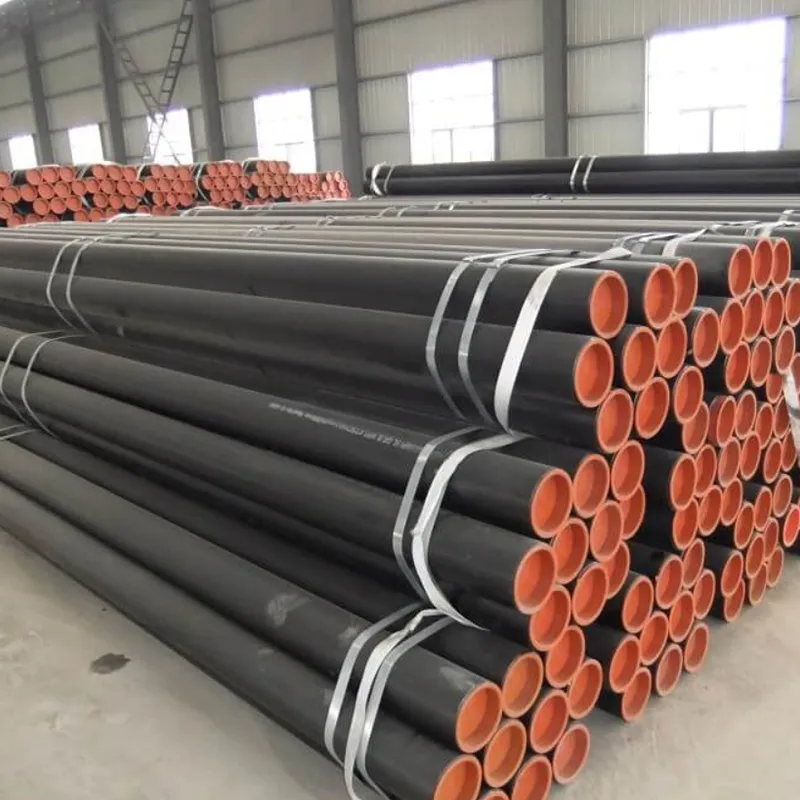-
Cangzhou Yulong Steel Co., Ltd.
-
Phone:
+86 13303177267 -
Email:
admin@ylsteelfittings.com
- English
- Arabic
- Italian
- Spanish
- Portuguese
- German
- kazakh
- Persian
- Greek
- French
- Russian
- Polish
- Thai
- Indonesian
- Vietnamese
- Zulu
- Korean
- Uzbek
- Hindi
- Serbian
- Malay
- Ukrainian
- Gujarati
- Haitian Creole
- hausa
- hawaiian
- Hebrew
- Miao
- Hungarian
- Icelandic
- igbo
- irish
- Japanese
- Javanese
- Kannada
- Khmer
- Rwandese
- Afrikaans
- Albanian
- Amharic
- Armenian
- Azerbaijani
- Basque
- Belarusian
- Bengali
- Bosnian
- Bulgarian
- Catalan
- Cebuano
- China
- China (Taiwan)
- Corsican
- Croatian
- Czech
- Danish
- Esperanto
- Estonian
- Finnish
- Frisian
- Galician
- Georgian
- Kurdish
- Kyrgyz
- Lao
- Latin
- Latvian
- Lithuanian
- Luxembourgish
- Macedonian
- Malgashi
- Malayalam
- Maltese
- Maori
- Marathi
- Mongolian
- Myanmar
- Nepali
- Norwegian
- Norwegian
- Occitan
- Pashto
- Dutch
- Punjabi
- Romanian
- Samoan
- Scottish Gaelic
- Sesotho
- Shona
- Sindhi
- Sinhala
- Slovak
- Slovenian
- Somali
- Sundanese
- Swahili
- Swedish
- Tagalog
- Tajik
- Tamil
- Tatar
- Telugu
- Turkish
- Turkmen
- Urdu
- Uighur
- Welsh
- Bantu
- Yiddish
- Yoruba

Oct . 12, 2024 22:19 Back to list
Flange Reducer Options for Efficient Piping System Design and Installation
Understanding Flange Reducers Essential Components in Pipe Systems
Flange reducers play a crucial role in the design and functionality of piping systems across various industries. These fittings facilitate the transition between two different pipe diameters, allowing for the effective management of fluid flow without causing turbulence or significant pressure loss. In this article, we will explore the functionality, applications, and advantages of flange reducers.
What is a Flange Reducer?
A flange reducer is a type of pipe fitting that connects two pipes of varying diameters using flanged ends. Flanges are flat pieces of metal that are attached to the pipe ends and are designed for bolting pipes together. Flange reducers come in various configurations, including concentric and eccentric designs, depending on the specific requirements of the piping system.
- Concentric Reducer This type is symmetric and is typically used in vertical piping applications. It allows fluid to flow smoothly from a larger diameter pipe to a smaller diameter pipe, minimizing the risk of cavitation or turbulence. - Eccentric Reducer This design is used in horizontal piping systems and has a flat edge on one side. It allows air or gas to escape from the pipeline, helping to maintain a consistent flow and preventing blockages.
Applications of Flange Reducers
Flange reducers are widely utilized in a myriad of applications across different sectors, including
2. Water Supply Systems Flange reducers are utilized in municipal water supply systems, where changes in pipe diameter are common. Their ability to effectively manage flow rates makes them indispensable in the design of an efficient water distribution network.
3. Chemical Processing In chemical plants, the nature of the fluids being transported often requires customized piping systems. Flange reducers help accommodate varying chemical properties while ensuring the integrity and safety of the system.
flange reducer

4. HVAC Systems In heating, ventilation, and air conditioning systems, flange reducers are used to optimize airflow within ducts and piping, ensuring energy efficiency and effective temperature control.
Advantages of Using Flange Reducers
Utilizing flange reducers in piping systems offers numerous advantages, including
- Ease of Installation The flanged design simplifies the installation process. Bolting the reducers directly to the pipes ensures a secure and leak-free connection, reducing the time and labor required for assembly.
- Customization Flange reducers can be custom-fabricated to meet specific requirements regarding size, material, and design. This flexibility allows for seamless integration into existing systems, accommodating unique specifications.
- Reduced Pressure Drop By facilitating a smooth transition between pipe diameters, flange reducers minimize pressure drops across the fitting. This characteristic is critical for maintaining fluid velocity and ensuring system efficiency.
- Durability Made from robust materials such as stainless steel, carbon steel, or alloy metals, flange reducers can withstand extreme temperatures and pressures, making them suitable for challenging industrial environments.
- Corrosion Resistance Flange reducers can be coated or manufactured from corrosion-resistant materials, enhancing their longevity in applications involving aggressive chemicals or harsh conditions.
Conclusion
Flange reducers are indispensable components in the modern piping systems seen across various industries. Their ability to facilitate smooth transitions between different pipe diameters contributes significantly to the efficiency, safety, and reliability of fluid transport. By understanding their design, applications, and benefits, engineers and system designers can make informed decisions in creating effective and safe piping solutions. Whether in oil and gas, water supply, chemical processing, or HVAC systems, flange reducers are vital to the overall functionality of industrial operations. As industries continue to evolve, the importance of such components will only increase, highlighting the need for continued innovation and quality in pipe fitting design.
Latest news
-
ANSI 150P SS304 SO FLANGE
NewsFeb.14,2025
-
ASTM A333GR6 STEEL PIPE
NewsJan.20,2025
-
ANSI B16.5 WELDING NECK FLANGE
NewsJan.15,2026
-
ANSI B16.5 SLIP-ON FLANGE
NewsApr.19,2024
-
SABS 1123 FLANGE
NewsJan.15,2025
-
DIN86044 PLATE FLANGE
NewsApr.19,2024
-
DIN2527 BLIND FLANGE
NewsApr.12,2024
-
JIS B2311 Butt-Welding Fittings LR/SR 45°/90° /180°Seamless/Weld
NewsApr.23,2024











